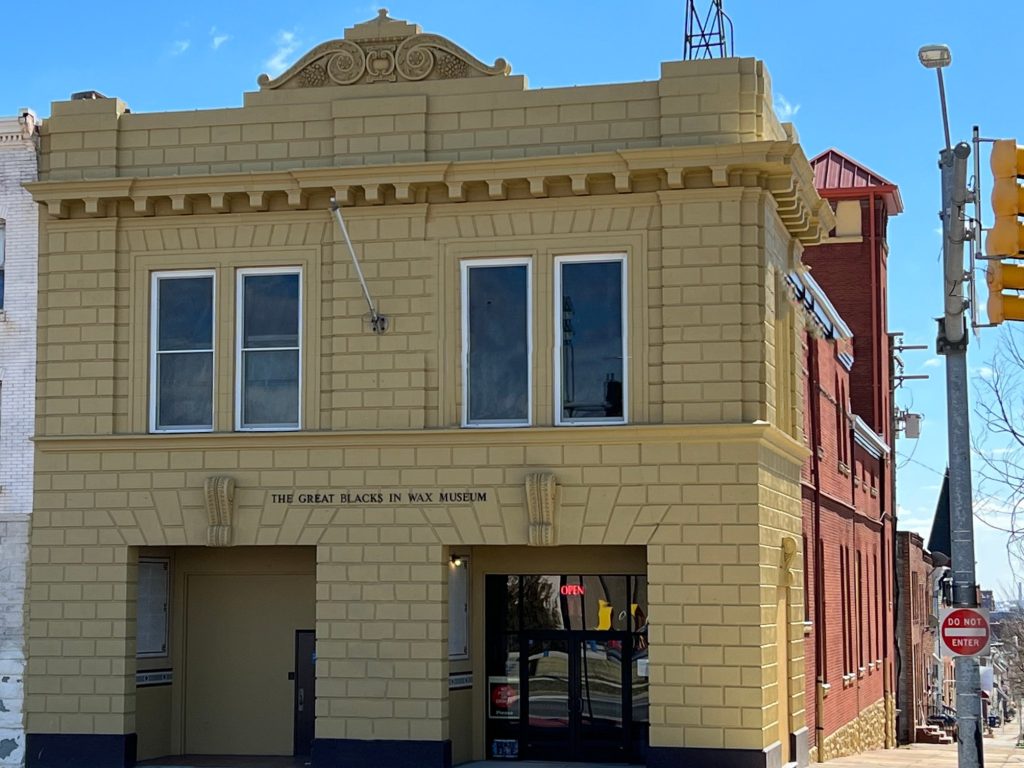
How the Charles H. Wright Museum Shaped the Narrative of the African-American Experience

America’s Cultural Treasures: The Legacy and Vital Relevance of the Charles H. Wright Museum of African American History
In the vast narrative of American culture, few institutions embody the richness, complexity, and resilience of African American history like the Charles H. Wright Museum of African American History in Detroit, Michigan. As a crucial part of the Ford Foundation’s “America’s Cultural Treasures” initiative — a series spotlighting the indispensable contributions of underrepresented cultural organizations — the Wright stands tall not only as a museum but as a societal beacon, safeguarding African American stories and ensuring they are grounded in unassailable historical truth.
Founded in 1965 by Dr. Charles H. Wright, a Detroit physician and visionary, the museum was born out of a desire to empower future generations with the knowledge and pride in their heritage. This ambition emerged from a direct response to the cultural erasure African Americans faced, both historically and in ongoing societal narratives. Dr. Wright believed that Black Americans deserved to have their stories told through their own lens, grounded in authenticity and resilience — values that continue to shape the museum’s mission nearly six decades later.
Preserving the Invisible: Ellison’s Metaphor and American Reality
To understand the potency of the museum’s work, one can reflect on a pivotal moment in Ralph Ellison’s 1952 novel Invisible Man. In a scene at the Liberty Paints plant, a metaphor about whiteness consuming and obscuring Blackness is starkly illustrated through a process where drops of black pigment are needed to create the purest white paint. This metaphor captures how contributions of African Americans — foundational to the country’s labor, culture, and identity — have often been obscured within the dominant narrative of Americanness.
The Charles H. Wright Museum addresses this obscurity head-on, providing factual and emotionally resonant narratives that center Black experiences — not as ancillary, but central to America’s progress and promise.
“And Still We Rise”: A Core Exhibition to Illuminate Truth
The museum’s cornerstone exhibition “And Still We Rise” encapsulates more than 400 years of African and African American history in a compelling, chronological journey. It begins on the African continent, underscoring that Black history does not originate with slavery but with thriving African civilizations like the Kingdom of Benin. Through archeological records, customs, and geopolitical structures, it presents a picture of sophisticated societies long before foreign exploitation arrived.
This journey inevitably transitions into the horrors of the transatlantic slave trade. A harrowing section of the exhibit, known as “The Door of No Return,” immerses visitors into the gut-wrenching realities of the Middle Passage. Representing the cramped, airless conditions of slave ships that carried millions across oceans in bondage, the space is designed to evoke not only sympathy, but deep understanding. This visceral storytelling educates members of all communities, regardless of their background. It calls upon history not as a passive remembrance, but as a tool for reckoning with contemporary injustices.
Rumia Ambrose Burbank, a board trustee and longtime supporter of the museum, recalls her childhood visit to the exhibition as one that stirred a cascade of emotions—anger, sadness, but ultimately a deep sense of pride and connection. That reaction encapsulates the exhibition’s aim: to educate through emotional truth grounded in research rather than through myth or marginalization.
Truth Over Myth: Compelling Belief Through Accuracy
Confronting historical inaccuracies is paramount to the mission of the Wright Museum. George Hamilton, chairman of its Board of Trustees, supports grounding the museum’s offerings in rigorously researched history that conflicts with romanticized or revisionist depictions of slavery and inequality.
Many African Americans were raised on damaging myths — such as the notion that enslaved people were content or well-treated — ideas that strip agency and pain from a people’s truth. The museum combats such narratives not with resentment, but with carefully constructed exhibitions and educational programs that reframe the conversation.
As Hamilton has emphasized, the exhibits are modeled with precision, even down to replicating slave dungeons based on trips made to ports in Ghana — truly giving visual and experiential shape to global African diaspora experiences.
From Margins to Center: Resilience and Flourishing Culture
Yet, the Charles H. Wright Museum is not only about trauma and struggle. It shines an equally powerful light on resistance, resilience, cultural innovation, and the transformative power of African Americans.
From Reconstruction to the Civil Rights era; from the explosion of Black musical genres like jazz, blues, Motown, and hip-hop; to the spheres of politics, literature, fashion, and culinary tradition — the museum demonstrates that African American contributions flow through the veins of American life. The trailblazing achievements of Black individuals are not only displayed but celebrated as pivotal to the nation’s sociocultural fabric.
This holistic understanding of Black life and excellence is what Dr. Wright envisioned. His dream was not limited to chronicling adversity but was rooted in affirming the humanity and